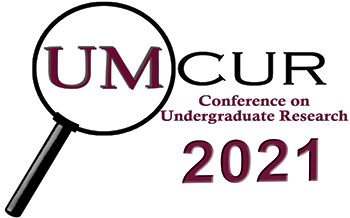Project Type
Presentation
Faculty Mentor’s Full Name
Laurie Minns
Faculty Mentor’s Department
Division of Biological Sciences
Abstract / Artist's Statement
In the spring of 2020, the rise of a novel coronavirus swept across the globe and disrupted anatomy education across the globe. Through previous studies, it is known that the transition from traditionally taught classes to strictly virtual generally negatively impacted students, but it is not known what methods and approaches were best suited to anatomy students. Therefore, it is essential to identify which tools and approaches supported anatomy students and those of which did not support anatomy students via analysis of student perception of the transition. Online surveys were gathered from anatomy students in the BIOH 370 Anatomy and Physiology class at the University of Montana during the last weeks of the spring 2020 semester. The survey contained 3 qualitative questions and 51 student responses to each question was analyzed using the Marying P method of qualitative research. IRB #186-19 was found exempt by the University of Montana IRB and therefore permitted gathering of data from students who provided FERPA permission. Results gathered showed a trend in a negative perception of the transition with many factors from outside of the learning environment impacting the students. The purpose of this study is to gain insight on how the students generally perceived the migration from traditionally taught classes to strictly virtual in order to identify methods that may be useful in developing new innovative teaching methods.
Category
Life Sciences
Presentation for UMCUR 2021
Teaching Methods and the Biology Student’s Perspective of the Transition to Virtual Learning due to COVID-19
In the spring of 2020, the rise of a novel coronavirus swept across the globe and disrupted anatomy education across the globe. Through previous studies, it is known that the transition from traditionally taught classes to strictly virtual generally negatively impacted students, but it is not known what methods and approaches were best suited to anatomy students. Therefore, it is essential to identify which tools and approaches supported anatomy students and those of which did not support anatomy students via analysis of student perception of the transition. Online surveys were gathered from anatomy students in the BIOH 370 Anatomy and Physiology class at the University of Montana during the last weeks of the spring 2020 semester. The survey contained 3 qualitative questions and 51 student responses to each question was analyzed using the Marying P method of qualitative research. IRB #186-19 was found exempt by the University of Montana IRB and therefore permitted gathering of data from students who provided FERPA permission. Results gathered showed a trend in a negative perception of the transition with many factors from outside of the learning environment impacting the students. The purpose of this study is to gain insight on how the students generally perceived the migration from traditionally taught classes to strictly virtual in order to identify methods that may be useful in developing new innovative teaching methods.
